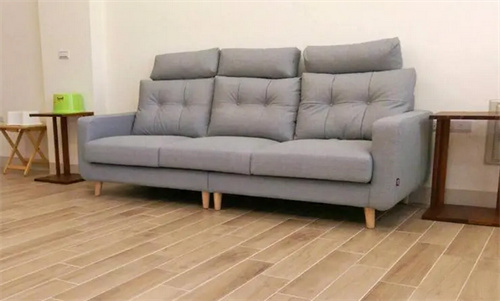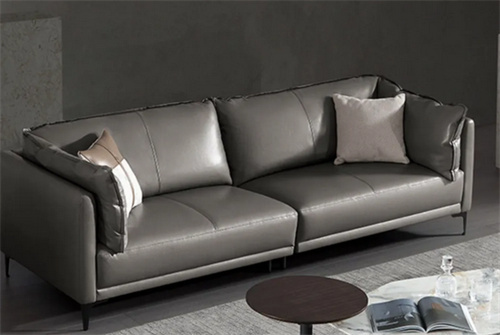As the centerpiece of the living room, a sofa not only supports the family's rest but also showcases the owner's taste and style. Therefore, choosing the right size for a sofa is crucial. Here’s how to select the appropriate sofa size.
How to Choose Sofa Size
1. Understand Different Sofa Sizes
Sofas come in a variety of styles and sizes, ranging from two-seaters to seven-seaters, with options from small to large dimensions. A two-seater sofa typically measures 130-150 cm in width; a three-seater sofa ranges from 180-220 cm; and a five-seater L-shaped sofa can have a long side of up to 300 cm and a short side generally around 200 cm. The specific dimensions may vary based on the design and material of the furniture. Therefore, before choosing a sofa, it is essential to have a preliminary understanding of the different sizes to better discern your needs.

2. Consider the Size of the Room
When selecting a sofa size, it must match the size of the room. First, measure the length and width of the living room, then think about suitable placement based on the sofa’s size. If the living room is spacious, larger sofas such as L-shaped or U-shaped ones are a good choice; however, ensure the sofa does not obstruct pathways. In contrast, if the living room is smaller, a single or double sofa may be more suitable to reduce spatial pressure.

3. Pay Attention to Space Flow
Space flow is an important factor in avoiding the selection of an excessively large sofa. The sofa should not obstruct walkways and should not overly occupy the entrance area. Generally speaking, there should be at least 1 meter of activity space in front of the sofa, and at least 30-50 cm of space on both sides for cleaning and maintenance.
4. Consider the Functionality of the Sofa
In the home, the sofa serves not only as seating but can also function as storage, a resting area, or a place for napping. If you have these requirements, a larger sofa may be necessary. For example, if you want to watch TV or take a nap on the sofa, you should choose a slightly larger one for comfort. If the living room also serves as an entertainment area, consider a sofa with storage capabilities.

5. Ensure Cohesion with Home Décor
In addition to meeting usage needs, the sofa's size should also coordinate with other furnishings in the living room and the overall decor style. For instance, if your living room has a large coffee table or TV cabinet, the sofa should not be too small; otherwise, it might appear unbalanced. Similarly, the sofa's color, design, and craftsmanship can affect its visual impact in the space, so while selecting the right size, these factors should also be taken into account.

In summary, this is a guide on how to choose the size of a sofa. The above factors highlight the key aspects of selecting a sofa size. Overall, in choosing the size of a sofa, one must consider the actual space of the living room, the practical functionalities of the sofa, as well as factors like space flow and home decor cohesiveness. Remember, the ideal sofa should not only look good but also provide sufficient comfort and practicality.

